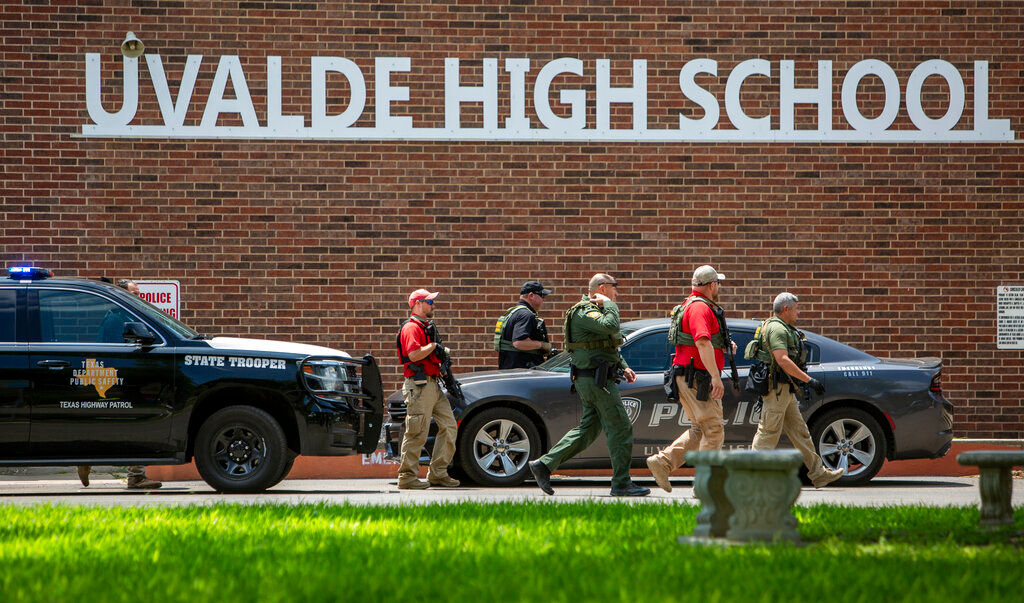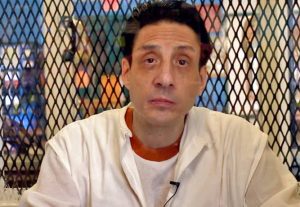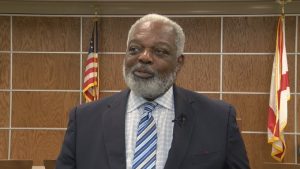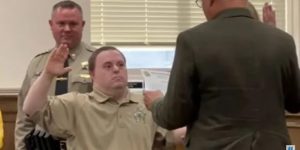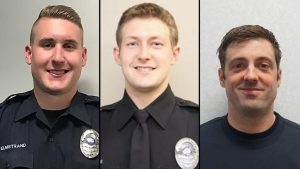In order to determine whether any of the 21 victims of the Uvalde school massacre may have survived had medical assistance arrived sooner, a Texas doctor revealed on Thursday that he is collaborating with the state police.
According to Dr. Mark Escott, chief medical officer for the city of Austin, the study of autopsies and other information is a component of a criminal investigation by Texas Rangers investigating the slow police reaction at Robb Elementary School in May.
Also read: Who are Ruben and Jamie Torres, parents of Uvalde survivor Khloie Torres?
Before approaching the gunman inside a fourth-grade classroom, police waited more than 70 minutes. Many families continue to wonder if any of the 19 children and two teachers who died could have been rescued if the almost 400 law enforcement personnel on the site had moved more quickly five months after the massacre.
Escott claimed he requested the assessment, which he described as being in line with actions taken in the wake of prior mass shootings in the United States.
“We expect that we will find some lessons learned that can be applied to policy around the country,” Escott said.
Also read: Families of Uvalde school massacre gather at Texas Capitol for Day of the Dead
The Austin American-Statesman broke the news of the review first.
The findings’ potential impact on the state’s criminal probe was unclear. A message for comment sent to the Texas Department of Public Safety on Thursday was not promptly responded to.
Escott expressed the expectation that the review’s outcomes will be made public as soon as possible and noted that it might take three to six months to complete. The evaluation will also be assisted by four other doctors who specialise in EMS and trauma, as well as additional expert consultants, according to Escott.
Also read: Uvalde shooting: Texas women’s basketball team to donate exhibition ticket sales to build new school
He said the review will look at autopsy reports and medical records from hospitals and paramedics who treated the victims. Among the questions, Escott said, is whether victims could have survived if they had received first response help within 10 minutes and arrived at a trauma center within an hour.
“The challenge we have in Uvalde is it is a small community and there are limited EMS resources and the closest level 1 or level 2 trauma center is 90 minutes away,” he said.
Last week, Col. Steve McCraw, Texas’ state police chief, said the criminal investigation into the police response to the shooting led by Texas Rangers would be wrapped up by the end of the year and turned over to prosecutors. He didn’t indicate whether charges would be recommended against any officers.
Also read: Who is Emilia Marin, Uvalde Robb Elementary School teacher, and shooting survivor?
McCraw told families of the children killed in the shooting that the Texas Department of Public Safety “did not fail” Uvalde during the response amid escalating scrutiny over the department’s actions. One state trooper has been fired and several others were placed under internal investigation.

